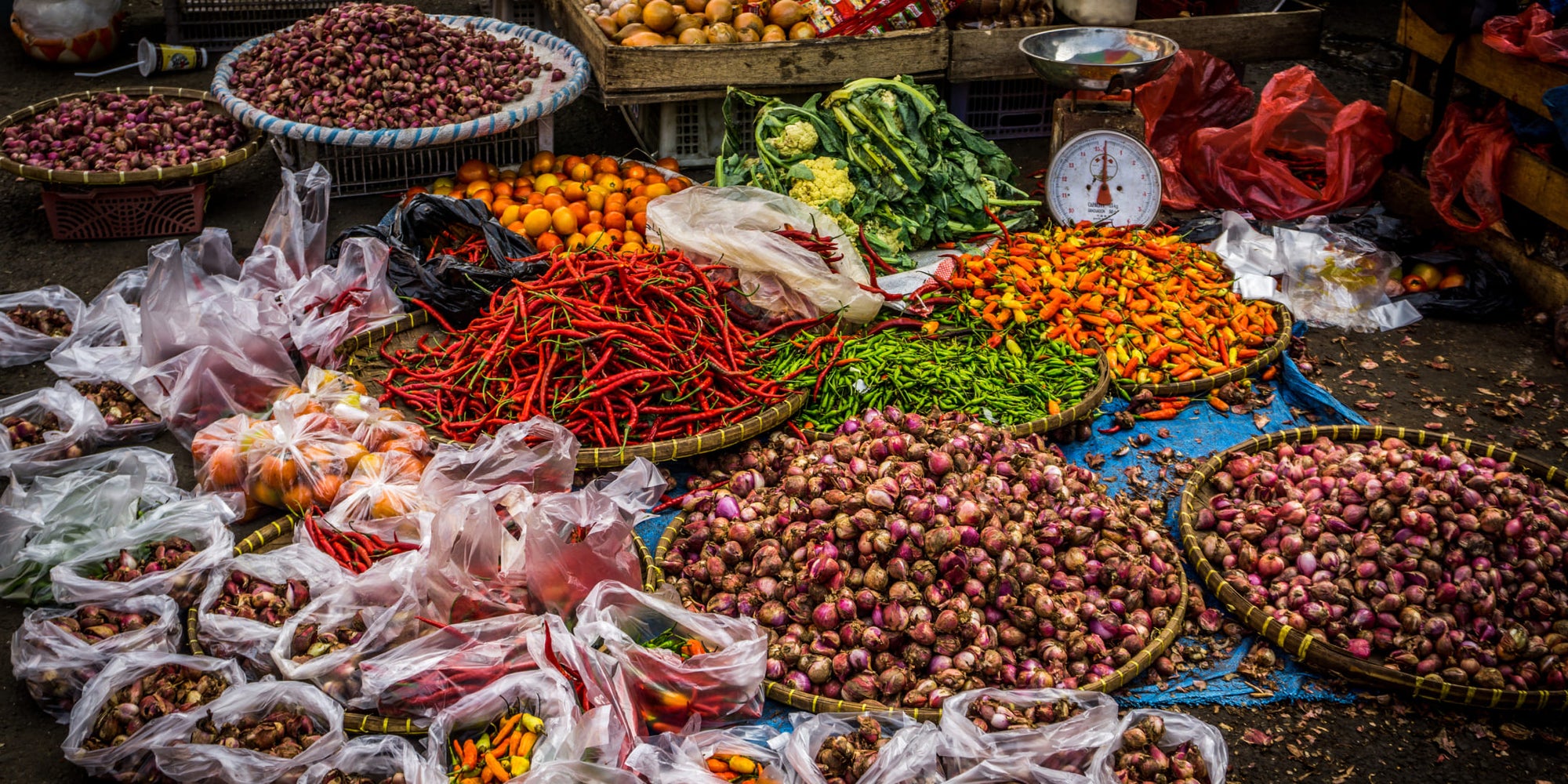




![[BUNDLE] Laksa - 3 Pack](http://www.homiah.com/cdn/shop/files/Laksa_1_small.png?v=1721294893)
![[BUNDLE] Red Curry - 3 Pack](http://www.homiah.com/cdn/shop/files/Red_Curry_1_small.png?v=1721294455)
![[BUNDLE] Rendang - 3 Pack](http://www.homiah.com/cdn/shop/files/Rendang_1_small.png?v=1721294754)

Only away from
$47
$89
You have no items in your cart.
Shop now
Sambal Chili Crunch, Shrimp

Sambal Chili Crunch, Vegan

Nonya Napkins

Gluten Free Laksa Noodles

Curry Paste Trio
![[BUNDLE] Laksa - 3 Pack](http://www.homiah.com/cdn/shop/files/Laksa_1_small.png?v=1721294893)
Laksa
![[BUNDLE] Red Curry - 3 Pack](http://www.homiah.com/cdn/shop/files/Red_Curry_1_small.png?v=1721294455)
Red Curry
![[BUNDLE] Rendang - 3 Pack](http://www.homiah.com/cdn/shop/files/Rendang_1_small.png?v=1721294754)
Rendang
Discount Code

Rempah is a wet spice blend that is the backbone of cooking across Southeast Asia, in particular the Malay Archipelago. It is the culinary component that adds fiery character to our curries, attitude to our stews and lip-smacking flavor to our many sauces and condiments. At its core, rempah is a pulverized mixture of aromatic alliums and spices, like chillies, shallots, galangal, turmeric, fennel, cardamom, torch ginger flower and lime or curry leaves. These ingredients are pounded into a wet spice blend with a paste-like consistency, known as rempah.
In Malaysia where I’m from, rempah is both a ubiquitous cooking ingredient and yet simultaneously a mysterious factor that lends a signature flavor to each chef or home cook’s cooking. A strong, potent rempah will result in a great dish, and conversely a weak or imbalanced rempah will make for a lackluster dish.
How then does one make a good rempah? Growing up, I was accustomed to watching cooks around me guesstimate the ratio of ingredients and spices, a concept referred to in Malay as agak agak – a “medium bulb” of torch ginger flower here, a “fat thumb” of galangal or ginger, “half a fistful” of chillies; rather than cups and spoons, these were the measures of spices or ingredients. There was often no “secret recipe” that codified one grandmother’s chicken rendang or fish head curry, rather each dish relied on a dynamic mix of learned experience and off-the-cuff adjustments.
Since young, the concept of rempah has been etched into my memory and entangled with my sense of smell, taste and sound — the rhythmic tok tok of the pestle against the mortar in the afternoon, the blossoming fragrance and aroma as the spices turn into paste, and then finally as dinner approaches the sudden sizzle and intense burst of aroma as the rempah hits the hot wok. These smells and sounds defined the day.
When my mother was a child, she remembers that before parties and events, my grandmother Nonie — who was a famous cook in Penang back in the day — made rempah with a massive stone metate known locally as batu giling that is rarely found today even back home in Malaysia.
When I was old enough to trail around in the kitchen, I have memories of the aromatic smell of rempah being made in Nonie’s pestle and mortar or, later, her hand blender. As age caught up, Nonie would sometimes reduce her workload by ordering rempah from a small spice stall at the local wet market run by a proprietress named Rosalyn.
My grandmother passed away when I was a child, but I’ve carried on visiting Rosalyn. It’s nice to chat to her about the local gossip, alongside what kind of curry I was planning to cook, how spicy I’d like it, and how much I had budgeted for it (since that involved rationing expensive ingredients). Rosalyn would make suggestions, both about life and curries. A few days later, she’d be ready with a bag of rempah, made specially for me. She would tell me “I made it like your grandmother liked it.” It was never quite the same as Nonie’s, but it still made me feel connected to her.
At its core, the concept of rempah is very much that of sofrito in Italian cuisine or mirepoix in French cuisine. While the term rempah is a Malay word used in Malaysia, Indonesia, and Singapore, the same concept of spice pastes are found across Thailand, Myanmar and other parts of Southeast Asia. And whatever form it takes, rempah provides the base flavor to many of Southeast Asia’s most famous dishes. Unlike mirepoix which consists of a trio of ingredients, rempah is often made from dozens of different ingredients, picked from the potpourri of Southeast Asian herbs and spices.
Garlic, onions, and shallots are common core ingredients that make up rempah, along with a combination of chiles and local spices – cumin, ginger, turmeric, Thai red chiles, bird’s eye chiles, galangal, lemongrass, torch ginger flowers, and myriads more. Depending on the dish and the cook, rempah will have various ingredient combinations and proportions.

The coalescence of all these disparate cultures developed rempah’s role in many of the dishes we know today. From the spicy, Thai-influenced cuisine of the Northern Malaysian states, to Javanese cuisine, from the Straits Chinese (Peranakan) cuisine in Malacca, to the cultural mish-mash that is Singaporean food, rempah is ever-present.


While the concept of rempah might seem foreign to those unfamiliar with Southeast Asian food, making and cooking with one isn’t all that complicated. Once you understand the purpose, benefits, and a smidge of the science behind it, you’ll be able to confidently cook up and riff on the many Southeast Asian dishes I hope you’ll make in your lifetime! Traditionally, the ingredients in rempah are pounded with a mortar and pestle to turn it pasty. This process requires pounds of patience, as even the hardiest ingredients, like ginger and lemongrass, will have to be pulverized into a smooth paste to truly bring out their flavor.
In modern kitchens, a food processor or a blender are time-saving tools for whipping up a rempah in minutes, although some cooks swear that rempah produced by pounding with a traditional pestle and mortar produces a more fragrant rempah. There’s no denying the convenience of a blender-made rempah and that, today, this is the most common method.

After making rempah, the next step is to fry it in a good glug of oil. Similar to sautéing mirepoix or sofrito, this is done gently and with care, coaxing out the flavor without burning. This frying process concentrates and dries out the spice paste, boiling off liquid that was pounded out of the ingredients. Similar to how spices like cumin and coriander are bloomed in hot oil in Indian cooking, when frying a rempah, the high temperature of the oil is used to amp up the flavor of the spices.
A useful indicator to tell when you’ve fried the spice paste enough is a stage many Malaysian aunties would call pecah minyak, which literally translates to ‘breaking the oil’. True to its name, the rempah will start to split at this stage, with a slick layer of oil pooling up in spots around the rempah, akin to a long-forgotten jar of chili oil or natural peanut butter. Getting to the oil separation stage means that the rempah is ripe to be used for the next steps of cooking. This part involves just adding in your choice of protein or vegetables. This can range from chicken thighs and potatoes, to seafood, to a range of tofu and vegetables. The protein should be fried and cooked in the rempah.
Finally, liquid such as water and stock is added in. Normally, coconut milk is also added in towards the end of the simmer stage – traditionally this would be freshly squeezed but shelf stable versions are a great alternative. The amount of liquid depends on the desired outcom – less is included for a dry curry such as rendang and much more to make a soupy curried noodle such as laksa. In other words, flavor is already locked into the dish, and the addition of liquid is to bring it to the desired consistency.

On my last trip home to Malaysia, even though I had just run production of a shipping container-full of rempah, I still dropped by Rosalyn’s stall at the market for a few bags of her rempah and familiar conversation. I never told her about the business I had started, and she mentioned how hard it must be for me to find rempah in the United States. Her nephew is taking over now; it’s odd to see a generation go.
Funnily, it was Rosalyn’s rempah stall in the market that planted the seeds for Homiah today. While I can make my own rempah with my Ninja blender; sometimes it’s comforting to know that I have Rosalyn’s rempah in Ziploc bagfuls in my freezer for a quick yet flavorful weeknight dinner. I began to realize that there was a place for thoughtfully-crafted, easy-to-use, shelf-stable spice or sauce kits in America that pack all the flavor of rempah.
The modern life places demands that are different from those of my grandmother Nonie’s. Most of us cannot stay at home cooking all day; we juggle a career, school and myriad of other endeavors. And while we still want to gather around the kitchen table together, it is not always feasible to labor for hours in the kitchen or make rempah from scratch.
I’m excited to play my part in helping others gather around the table and to be able to recreate the flavors of my childhood with minimal fuss and anxiety, even if they have never cooked Southeast Asian cuisine before. To this end, I hope you’ll enjoy Homiah’s spice kits – thoughtfully crafted rempah dreamt up in America and made in Southeast Asia based on my grandmother Nonie’s traditional recipes.
SHOP SPICE KITS (REMPAH)